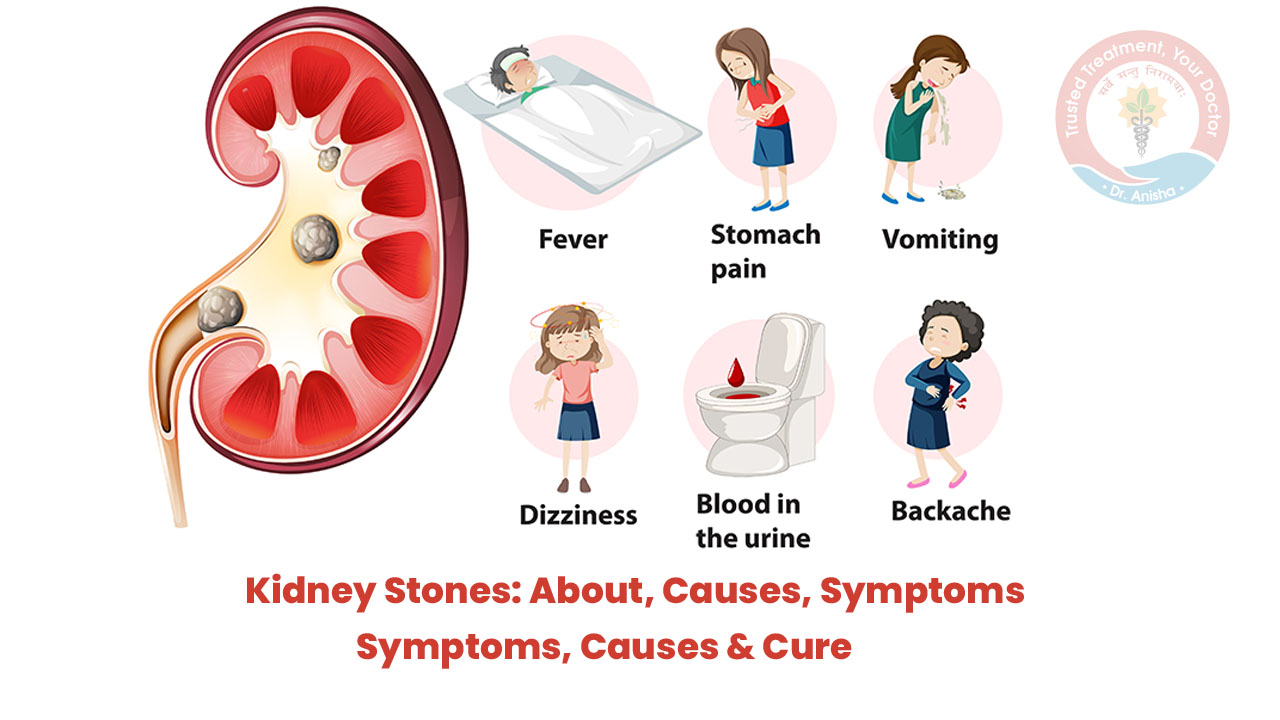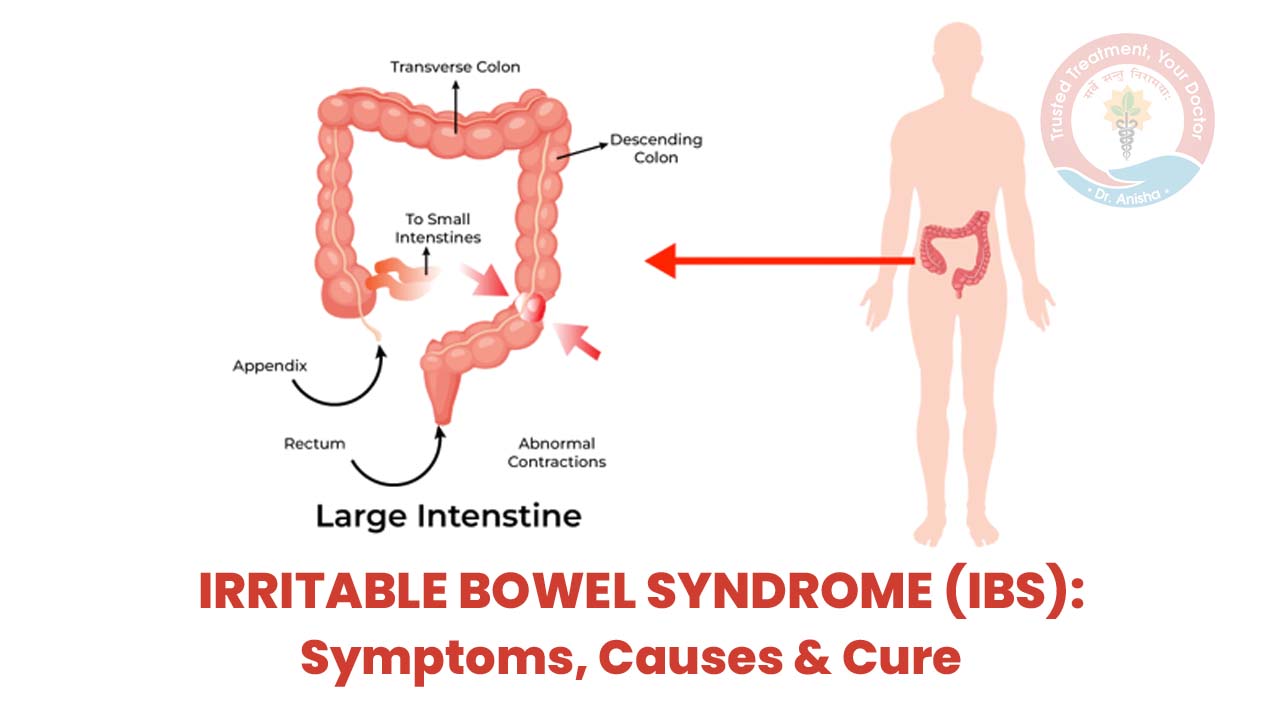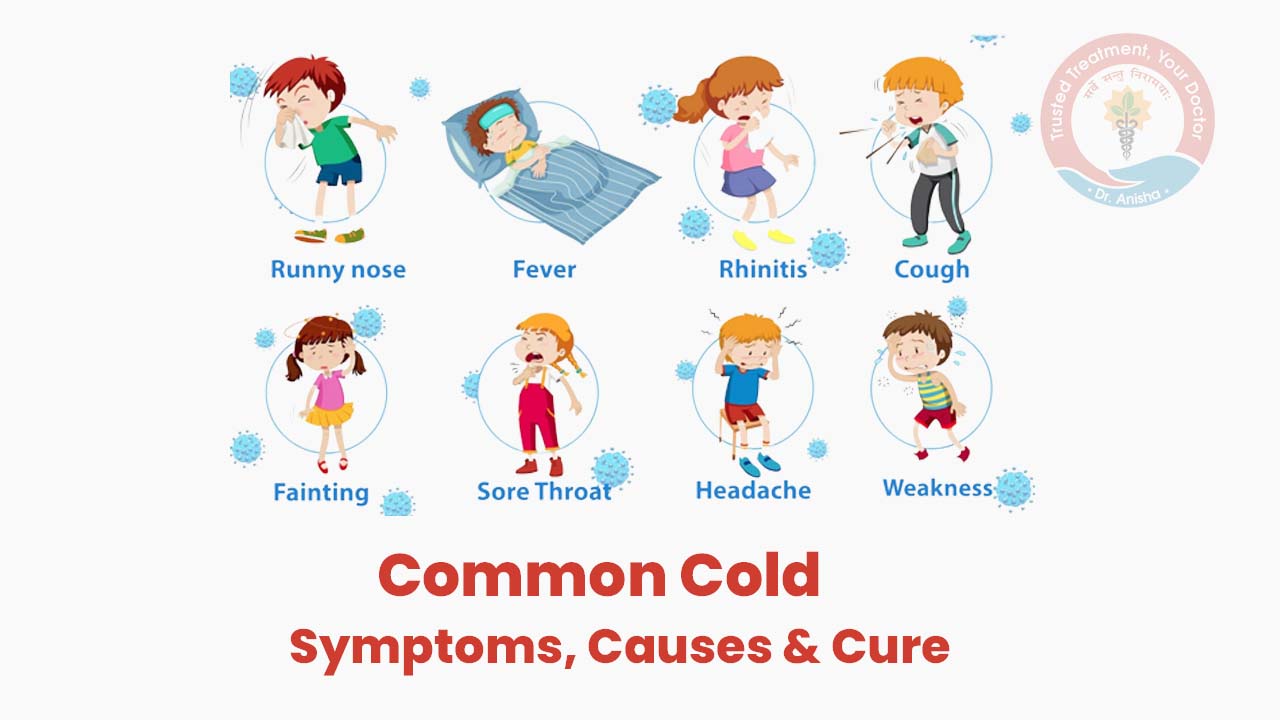
Discovery Of Homoeopathy

Discovery Of Homoeopathy
The word homeopathy is a Greek derivation where ‘homes’ means similar and ‘pathos’ means suffering.

So homeopathy may be defined as the therapeutic method of symptom-similarity. Homeopathy is a system of medical treatment and medicine. The theory of ‘similar similibus curvature which means ‘like cures like’ was promulgated by Dr. Christian Friedrich Samuel Hahnemann, a German physician. The discovery of homeopathy was not a one-day phenomenon, but it required an inquisitive heart, an observant eye, and a scientific approach to give it its present cast.
Hahnemann’s dissatisfaction with orthodox
Practically the whole of the 18th century in Europe was marked by a plethora of theories and hypotheses concerning the nature of the disease and its causation. Consequently, methods of therapeutic practice were as numerous and diverse as the theories propounded. The lack of any fixed principle of healing disappointed him.
But what did Hahnemann do when he had become convinced of the futility and mischievousness of current medical methods? Did he continue a routine practice for the sake of making a living?
No! Like a noble and honest man, he refused to make a pretense of curing when he believed he did not cure. He relinquished medical practice and devoted himself to the translation of great medical classes of his time.
In 1790, When Hahnemann was engaged in translating Cullen’s materia medica from English to German, his attention was arrested by the remark of the author that cinchona bark cured malaria because of its bitterness and tonic effects on the stomach.
Hahnemann’s experiments
In an attempt to discover its true mode of action, Hahnemann himself ingested 4 drums of cinchona juice twice daily for a few days. To his great astonishment, he was attacked by symptoms very similar to argument or malarial fever. This unexpected result set up in his mind a new train of thought and he conducted a similar experiment on himself and another individual with other medicines whose curative action in certain diseases had been well established. He found that in healthy persons the medicines produce symptoms very similar to what they cure in diseased individuals.
So he has led to the inference that medicine cures disease only because it can produce similar symptoms in healthy individuals. The Whole of homeopathy derives from his law.
Although he had so clearly grasped and formulated this principal law of homeopathy, Hahnemann did not feel that he had discovered it. He quoted a number of people, who he thought, either stated it or hinted it long before he came upon it. Hippocrates, for instance, stated this law several times in his teaching.
Haehl’s Input
Haehl wrote, “The rule accepted in medicine to cure by contraries is entirely wrong; on the contrary disease is cured by means of medicine capable of producing a similar affection.”
The law “similar similibus curantur” has its origin in antiquity. But Hahnemann was the first who established it as a system. But even if these people did see or obscurely define the law which Hahnemann so clearly stated, they did nothing about it. They neither formulated it nor treated it accordingly. Hahnemann went much further. He developed from it the whole system of healing- homeopathy. We now come to the following steps in his adventure wherein he discovers the different laws of homeopathy and formulations the most complete, the most amazing system of healing the world has ever known.
In 1796, After six years of his first experiment, he published an article in Hufeland’s journal vol-2, part-3 and 4. The discovery was brought to light in his essay titled “An essay on a new principle for ascertaining the curative powers of drugs and some examinations of the previous principles.” He put forward his new doctrine of similia similibus curantur ( like cures like) in contrast to the age-old doctrine of contraria contrariis curantur (Opposite cures opposite). According to Richard M Haehl(1873 – 1932), “1796 is the year of birth homeopathy.” In this he says, “one should apply in the diseased to treated, particularly if chronic, that remedy which is able to stimulate another artificially produced disease, as similar as possible and the former will be healed- similia similibus- likes with likes.”
The doctrine of homeopathy was attempted to be formulated for the first time by Hahnemann in his article, “The medicine of experience”, published in 1805 till the complete systematization of the principle and practice of the homeopathic art of healing was effected by the publication of Hahnemann’s Organon of medicine in 1810.
Conclusion
The art of medicine was thus placed on a scientific footing when Hahnemann discovered the law guiding the selection of drugs to cure disease and the method of testing the positive action of each individual drug. The medicine of speculation which existed since time immemorial was changed into the medicine of experience.
Connect with Dr. Anisha today for a quick consultation!
Facebook
Twitter
LinkedIn
Recent Posts


Human Metapneumovirus (HMPV)
January 7, 2025

Real-Life Success Stories: Homeopathy Case Studies Unveiled
March 28, 2024



Homeopathic Clinical Management Of Dengue Fever
July 22, 2023

IRRITABLE BOWEL SYNDROME (IBS): Symptoms, Causes & Cure
July 21, 2023

Common Cold: Symptoms, Causes & Cure
July 21, 2023

International Yoga Day and Homeopathy
June 21, 2023
